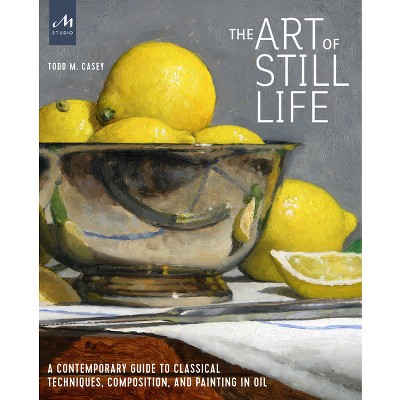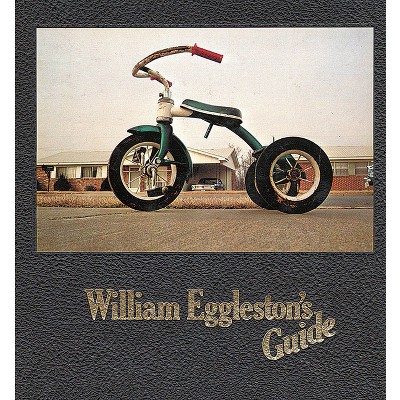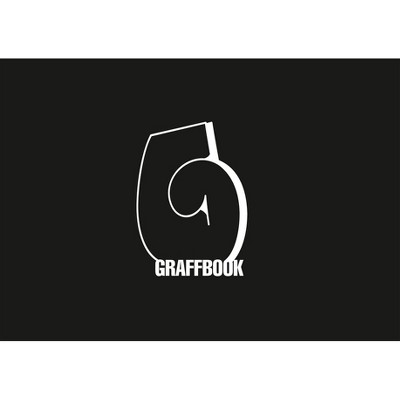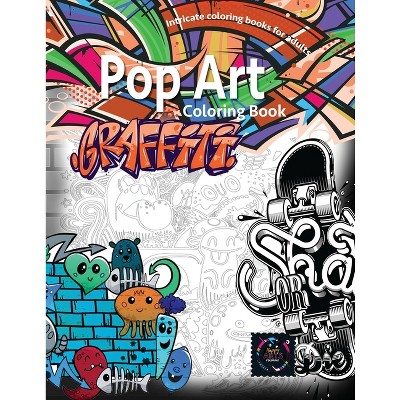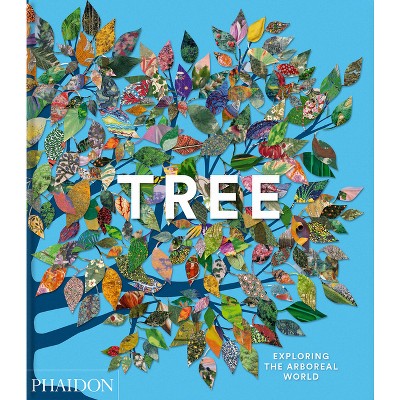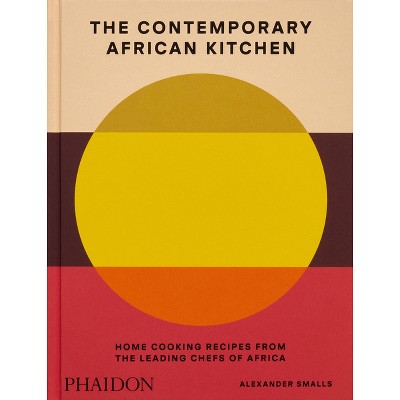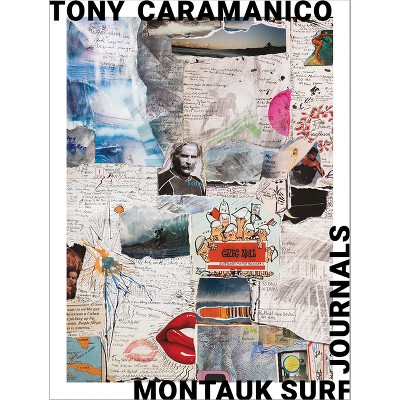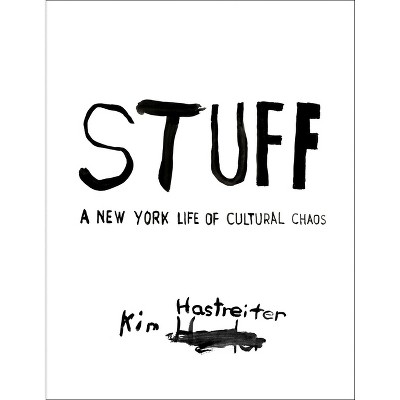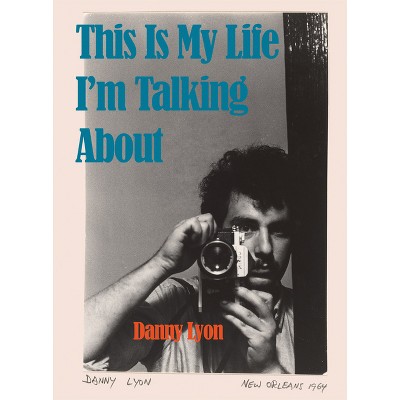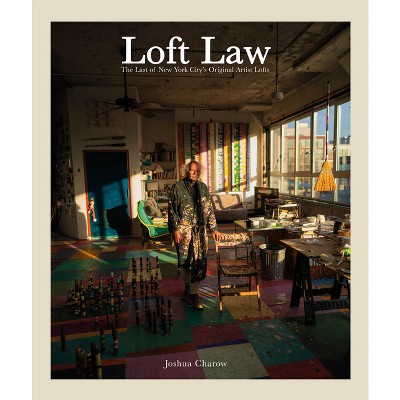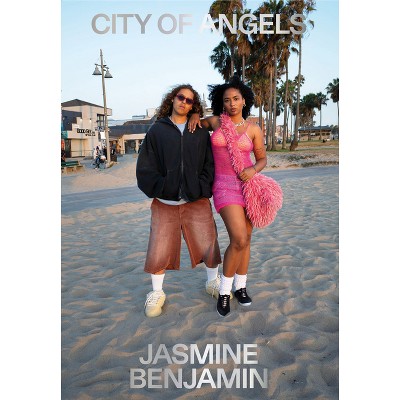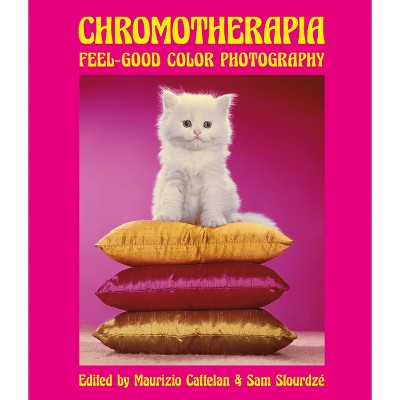Sponsored

Lee Quiñones: Fifty Years of New York Graffiti Art and Beyond - (Hardcover)
In Stock
Sponsored
About this item
Highlights
- A comprehensive monograph on the work of a pioneering New York subway artistThis volume presents a sweeping overview of the monumental work of Puerto Rican-born artist Lee Quiñones over the past five decades.
- 192 Pages
- Art, Individual Artists
Description
About the Book
"'Fifty Years of New York Graffiti Art and Beyond' is the first monograph of Puerto Rican born artist Lee Quñiones presenting his monumental work and following his evolution over five decades. When 14-year-old Lee embarked on his first spray paint mural in 1974, he carried marker drawings into the New York City subway train yards that served as studies to his 52-ft long rolling murals. Drawings, artifacts, and subway photography illustrate how Lee's emergence served as a catalyst for what is now acknowledged as the street art movement. Before Lee, graffiti art was accessed by a small audience of young people who coveted style and scale. Images of Lee's trains illustrate how he changed the face of the movement, infusing kinetic elements of futurism in over 120 subway car murals across the transit system. Lee invented the concept of the freestanding urban mural in his iconic 1978 'Howard the Duck' handball wall. He introduced spray-paint based work internationally when he opened his first formal exhibition in Rome, Italy in 1979, alongside Fab 5 Freddy. He influenced peers Jean-Michel Basquiat, Keith Haring, Jenny Holzer, among others, who are shown viewing Lee's work. Lee and Basquiat were the youngest artists to exhibit at Documenta 7. Lee starred as the semi-autobiographical Zoro in 'Wild Style', the first feature film about hip hop. Images show the social commentary and poetry used in his early expressionistic work. Subsequent paintings show how Lee's practice has shaped a generation of contemporary artists as he further developed his technique. The imagery captures the mood and urgency of 1980s New York and moves from the streets to the intimacy and maturity of Lee's contemporary studio environment." -- Publisher's descriptionBook Synopsis
A comprehensive monograph on the work of a pioneering New York subway artist
This volume presents a sweeping overview of the monumental work of Puerto Rican-born artist Lee Quiñones over the past five decades. When Quiñones made his first spray paint mural in the New York City subway system, he was just 14 years old. He eventually spray-painted murals on over 120 subway cars, infusing kinetic elements of Futurism into his illustrations. These highly visible graffiti works served as a catalyst for what is now acknowledged as the Street Art movement. Indeed, the artist introduced spray paint-based work to international audiences upon his first formal exhibition, and he also invented the concept of the freestanding urban mural through his handball court piece, Howard the Duck (1978).
This book is chock-full of Quiñones' street art works, paintings and drawings, underscoring the poetic social commentary the artist has incorporated throughout his formal evolutions. Pairing high-resolution images of his works with thoughtful scholarship, the monograph traces his influence on peers such as Jean-Michel Basquiat, Keith Haring and David Wojnarowicz. An abundance of archival photographs capture the gritty, vibrant New York City of Quiñones' early career.
Born in Ponce, Puerto Rico, in 1960, and raised in the Lower East Side, Lee Quiñones is considered the single most influential artist to emerge from the New York subway art movement. In 1980, Quiñones had his first New York show at White Columns, ushering in an important era as the medium of spray paint expanded from public spaces to stationary canvas works.
Review Quotes
For Fifty Years of New York Graffiti Art and Beyond, Quiñones crafts a portrait of the artist as a boy becoming a man, and taking on the mantle of elder as new generations come of age following in his footsteps.--Miss Rosen "Animal"
He saw a coded conversation among young people, most of them Black and brown, expressing their identity and what he calls 'an urgency for a sense of our belonging.' Quiñones wanted to be a part of the dialogue.--Brett Berk "Vanity Fair"
This captivates.-- "Publishers Weekly"
An inspired outlaw with a meticulous design process and precision painting skills, his voice responded to the social and civil unrest of the era and found expression in painting graffiti, an ancient art form that he and many of his peers had to defend in the larger art world.--Trina Calderón "Juxtapoz"
Shipping details
Return details
Guests also viewed


